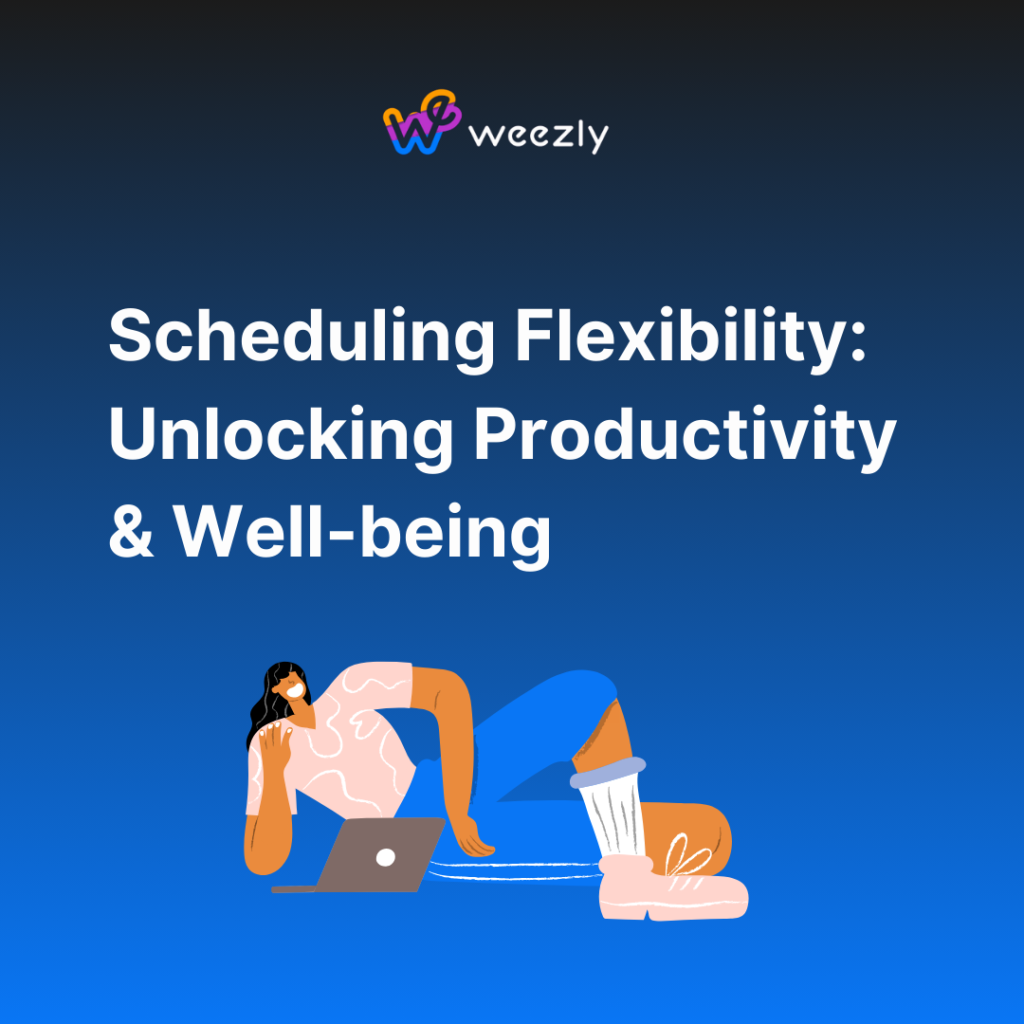In today’s fast-paced world, the concept of scheduling flexibility has become increasingly important. Whether it’s in the context of work, personal life, or learning, the ability to adapt and manage time effectively is a critical skill. This blog post delves into the multifaceted benefits of scheduling flexibility, offering insights and practical tips for harnessing its power.

Understanding Scheduling Flexibility
Scheduling flexibility refers to the ability to adapt one’s schedule to accommodate different tasks, responsibilities, and personal needs. It involves a dynamic approach to time management, where rigid structures give way to more fluid and adaptable planning.
The Benefits
- Increased Productivity: Flexible schedules often lead to higher productivity. With the freedom to work during one’s peak energy times, individuals can accomplish more in less time.
- Improved Work-Life Balance: Flexibility allows for a better balance between professional and personal life, reducing stress and enhancing overall well-being.
- Enhanced Employee Satisfaction: In a workplace setting, flexible scheduling can lead to increased job satisfaction, lower turnover rates, and a more positive work environment.
The Challenges
- Potential for Overwork: Without clear boundaries, flexibility can sometimes lead to longer working hours.
- Difficulty in Coordination: When everyone has a different schedule, coordinating meetings and collaborative work can be challenging.
Implementing Scheduling Flexibility
In the Workplace
- Adopt Hybrid Work Models: Allowing employees to split their time between the office and remote work.
- Flexible Hours: Implement core hours with the freedom to start and end the day according to personal preferences.
- Results-Oriented Focus: Measure success based on outcomes rather than hours spent at the desk.
In Personal Life
- Time Blocking: Allocate specific blocks of time for various activities, allowing flexibility within those blocks.
- Prioritize Tasks: Focus on what’s most important and be willing to adjust as needed.
For Students
- Asynchronous Learning Options: Provide opportunities for students to engage with material on their schedule.
- Flexible Deadlines: Offer a range of due dates for assignments to accommodate different learning paces.
Best Practices for Effective Scheduling
- Set Clear Boundaries: Define when you’re working and when you’re not to prevent burnout.
- Use Technology Wisely: Leverage scheduling tools and apps to stay organized.
- Communicate Openly: Ensure that everyone involved is aware of your schedule and any changes to it.
Navigating the Challenges of Scheduling Flexibility
While the benefits of flexible scheduling are significant, it’s important to acknowledge and navigate its potential pitfalls effectively. Here are some strategies:
Avoiding Overwork
- Set Limits: Define a maximum number of hours to work per day or week.
- Regular Breaks: Incorporate short breaks throughout the day to avoid burnout.
Enhancing Coordination
- Shared Calendars: Use tools like Google Calendar for better visibility of team availability.
- Regular Check-ins: Schedule weekly meetings to stay aligned with team members.
Leveraging Technology for Better Scheduling
Technology plays a pivotal role in enabling and managing flexible schedules. Some useful tools include:
- Scheduling Software: Tools like Weezly, Calendly, …
- Project Management Software: Tools like Asana or Eaynote help in tracking tasks and deadlines.
- Time Tracking Apps: Applications like Toggl or RescueTime assist in monitoring how you spend your time.
Balancing Flexibility and Structure
Finding the right balance between flexibility and structure is key. While flexibility offers freedom, some level of structure is necessary to maintain focus and productivity.
Tips for Balancing:
- Routine Matters: Establish a routine for the start and end of your workday.
- Set Weekly Goals: This helps in staying on track while being flexible with daily schedules.

The Societal Impact of Scheduling Flexibility
Scheduling flexibility isn’t just a personal or organizational issue; it has broader societal implications.
Economic Impacts
- Boosts Productivity: Flexible schedules can lead to a more productive workforce.
- Attracts Talent: Organizations offering flexibility are more likely to attract and retain top talent.
Social Impacts
- Reduces Commuting Stress: With more people working flexible hours or remotely, there’s less rush-hour traffic.
- Promotes Inclusivity: Flexibility can be particularly beneficial for individuals with caregiving responsibilities or health issues.
Future Trends in Scheduling Flexibility
Looking ahead, we can expect several trends to shape the future of flexible scheduling:
- Increased Remote Work Options: As technology advances, more jobs will become suitable for remote work.
- Focus on Mental Health: There will be a greater emphasis on flexible schedules as a means to support mental health and well-being.
Conclusion: Embracing Flexibility for a Better Future
Scheduling flexibility is more than just a convenience; it’s a crucial aspect of modern life that impacts productivity, satisfaction, and overall well-being. By understanding its benefits and challenges, and implementing best practices, we can all harness the power of flexible scheduling to improve our lives.









